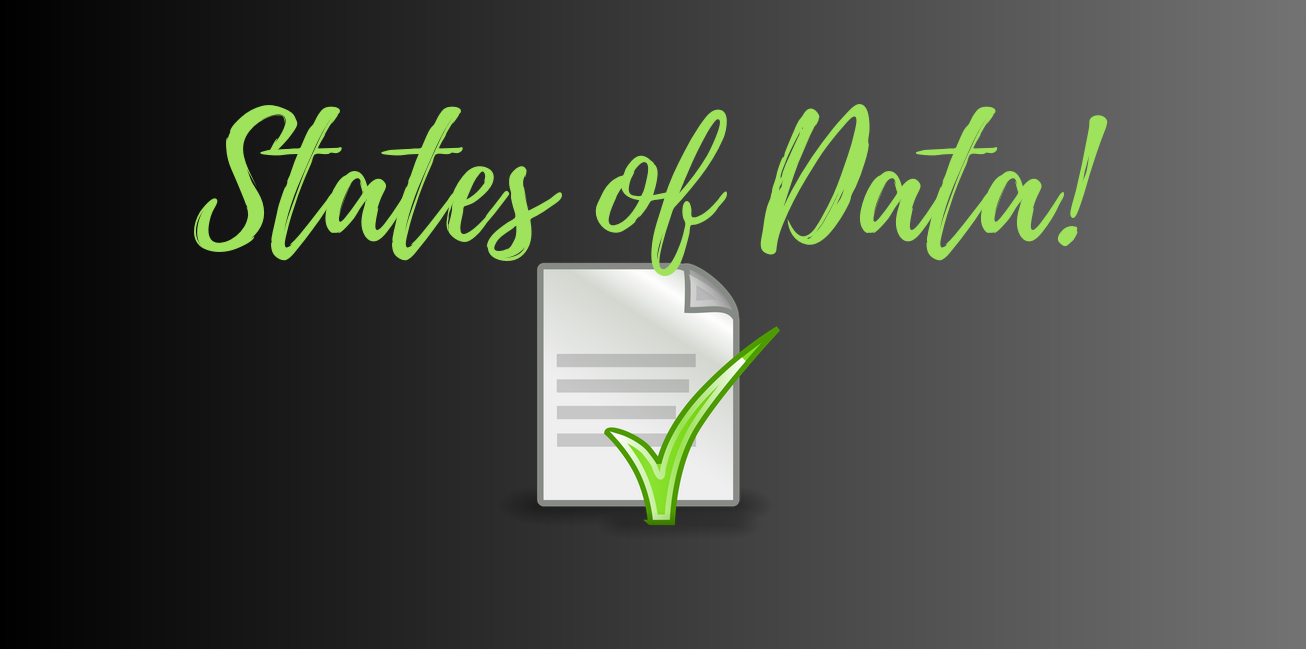States of Data

In the realm of information technology, understanding the nuanced states of digital data is critical for organizations striving to manage and secure their wealth of information effectively. The three primary states of data—At Rest, In Motion, and In Use—form the foundation of data lifecycle management, guiding how data is stored, transferred, and processed. Let’s delve into each state to unravel their characteristics and the security measures associated with them.
1. Data at Rest: Stability in Storage
Definition: Data at rest refers to information residing in computer storage that is not actively accessed or transferred.
Characteristics:
- Stability: Data at rest is relatively stable, not actively moving between systems or devices.
- Examples: Corporate files on employee computers, external hard drives, stored data in SANs, and files in offsite backup servers.
Security Measures:
- Encryption: Safeguarding stored data through encryption methods.
- Password Protection: Implementing hierarchical password protection.
- Secure Environments: Storing data in secure server rooms.
- Compliance Measures: Adhering to specific security measures mandated by law for sensitive data like medical records.
2. Data in Motion: The Journey Between Systems
Definition: Data in motion refers to information actively moving or being transferred between locations within or between computer systems.
Characteristics:
- Movement: Data in motion involves active transfer within or between systems.
- Examples: Data transfer between cloud and local storage, network-to-network transfers, and file movements within FTP sites or emails.
Security Measures:
- Encryption: Encrypting data during transmission to prevent interception.
- Secure Channels: Ensuring secure channels for data movement.
- Protection During Transition: Employing encryption while data is in a rest state before transmission.
3. Data in Use: Vulnerability in Action
Definition: Data in use is actively being updated, processed, accessed, or read by a system.
Characteristics:
- Vulnerability: This state is most vulnerable to attacks as data is directly accessible.
- Examples: Data being processed, accessed, or updated by applications or users.
Security Measures:
- Encryption: Essential for protecting data actively in use.
- Authentication: Verifying user identities at all stages.
- Identity Management: Implementing robust identity management practices.
- Permissions: Maintaining well-defined permissions for user profiles.
Conclusion: Crafting a Holistic Defense
In the digital age, where data is a valuable asset, comprehending the states of data is paramount. Organizations must adopt a holistic approach, integrating encryption, authentication, and identity management across all states of data. As data evolves through its lifecycle, from rest to motion to use, so must our strategies for safeguarding it, ensuring the confidentiality and integrity of information in the dynamic landscape of cybersecurity.